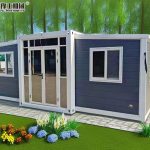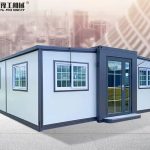Sarah and Mike Thompson, a couple from the United States, bought one 40 ft prefab tiny homes from YG Machinery.
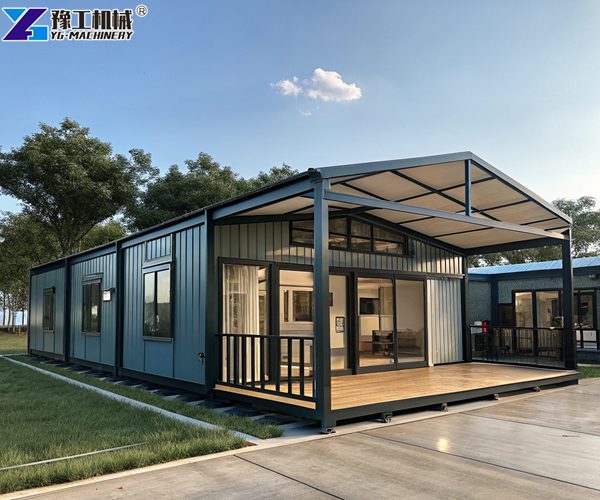
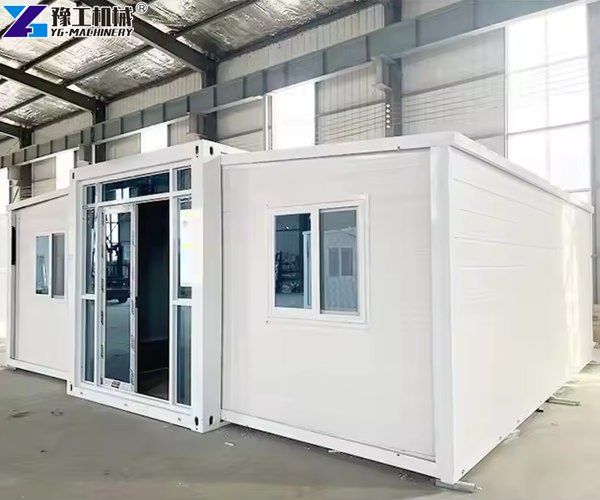
Working case in USA
Sarah and Mike Thompson were tired of their large suburban home — rooms they never used, constant upkeep, and a mortgage they could barely manage. One evening, they discovered prefab tiny homes on a home improvement show, and what started as curiosity soon turned into a dream.
After some research, they found YG Machinery that offered customizable designs, sustainable materials, and a financing plan that fit their budget. The Thompsons made the bold choice to downsize, and now their tiny home is nestled in the foothills of Colorado, offering breathtaking views of the mountains.
The decision transformed their lifestyle — no more stressing over debt or maintenance, just hiking, gardening, and enjoying quality time together. Their story is proof that prefab tiny homes are not just a trend but a path to a simpler, more affordable life.
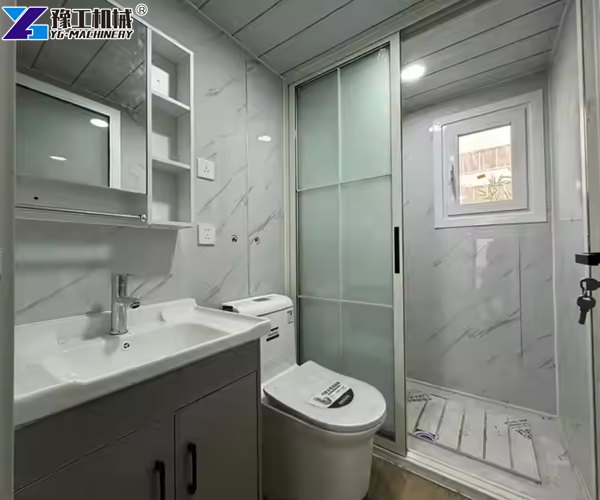
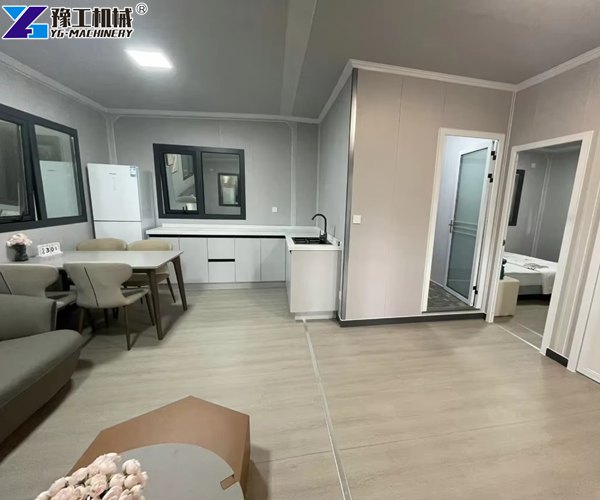
Why Choose Prefab Tiny Homes Over Traditional Homes?
1. Cost-Effectiveness
One of the biggest draws of prefab tiny homes is their affordability. Traditional homes can cost hundreds of thousands of dollars, but prefab tiny homes are a fraction of that price. On average, a prefab tiny home costs between 10,000 and 50,000 dollars depending on the size, design, and materials used.
How do prefab tiny homes compare to traditional homes in terms of cost?
- Lower upfront costs: Prefab homes are significantly cheaper to build and purchase.
- Reduced utility bills: Their small size means lower energy consumption.
- Minimal maintenance costs: Fewer materials and less space to maintain.
2. Faster Construction Time
If you’ve ever built or renovated a traditional home, you know how long the process can take. Prefab tiny homes, on the other hand, can be ready in as little as a few weeks.
How does the construction time of prefab homes compare to traditional homes?
- Traditional homes: 6 months to 2 years.
- Prefab tiny homes: Assemble your foldable container house in under a day!
Want to see how the container house is set up? Watch this YouTube video.
This speedy construction is possible because prefab homes are built in controlled factory environments, eliminating delays caused by weather or on-site issues.
3. Eco-Friendly Living
Prefab modular container houses are a green alternative to traditional housing. They use fewer materials, produce less waste, and often incorporate sustainable features like solar panels, energy-efficient appliances, and recycled building materials.
4. Customization Options
Can prefab tiny homes be customized with unique designs? Absolutely! One of the best things about prefab container homes is their flexibility. Companies like YG Machinery offer a range of designs, from sleek, modern tiny homes to rustic, cabin-style dwellings. You can choose layouts, finishes, and even add-ons like foldable furniture or smart home technology.
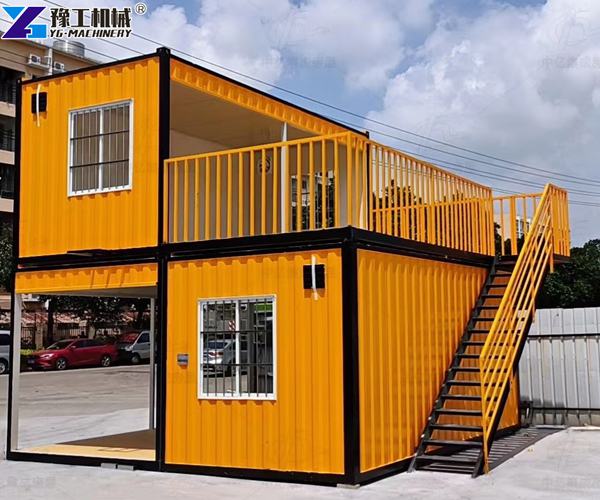
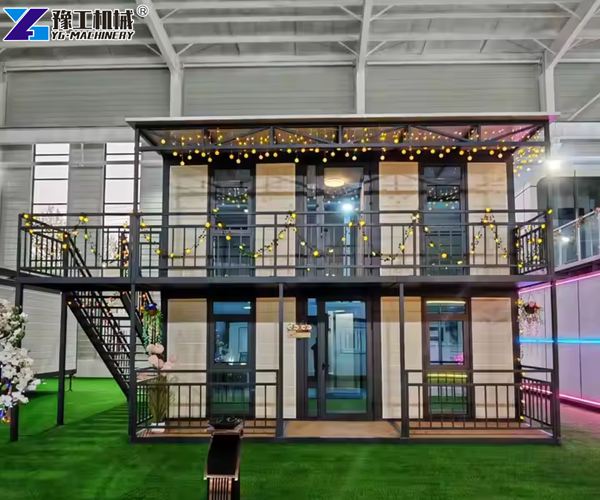
The Pros and Cons of prefabricated homes for sale
| Pros | Cons |
| Affordable | Limited space |
| Quick construction time | Zoning and legal restrictions |
| Eco-friendly | May require land purchase |
| Customizable designs | Not ideal for large families |
| Lower utility and maintenance costs | Resale value can be unpredictable |
How to Get Started with Your Prefab Tiny Container House
- Research Your Options
Check out companies like YG Machinery to explore different models and pricing. - Consider Your Needs
Think about how much space you need, your budget, and any specific features you want. - Check Local Regulations
Before you buy, make sure your area allows prefab tiny homes. Zoning laws can vary widely, so it’s important to do your homework. - Plan for Delivery and Setup
Once you’ve chosen your home, work with the company to arrange delivery and installation.
Conclusion: Is a Prefab Folding Container House Right for You?
Prefab shipping container homes are more than just a trend—they’re a practical, sustainable, and affordable housing solution for modern living. Whether you’re looking to downsize, reduce your environmental footprint, or simply try something new, these compact homes offer a world of possibilities.
So, what are you waiting for? Dive into the world of affordable prefab homes and discover how you can live big in a small space.

